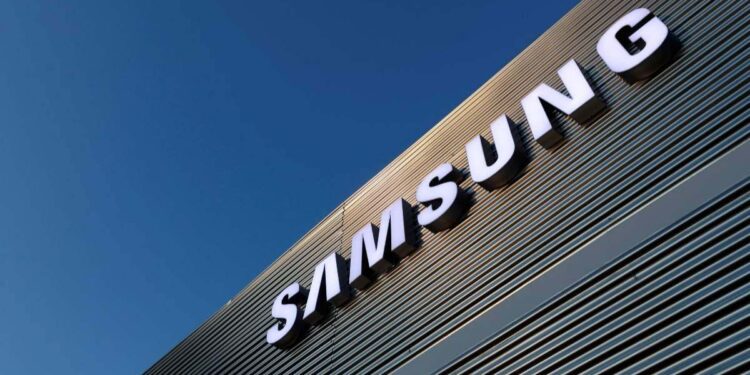Samsung has regained the global mobile throne in the first quarter of the year due to the confluence of two decisive elements: the freezing of sales of the South Korean company, with a negative year-on-year evolution of 0.7%, and the drop in Apple’s business, which has reduced its shipments by 9.6%, thus falling to second place in the ranking. At the same time, global smartphone sales have grown by 7.8% during the first three months of the year, compared to the same period in 2023, according to preliminary data from the International Data Corporation (IDC) Tracker.
In the tough battle between Samsung and Apple, there is also the Asian manufacturer’s commercial commitment to the democratization of Artificial Intelligence in the latest Galaxy S24 series, as well as its update in previous families, while the Californian giant plans to present the renewal of its catalog during the first half September, as is customary in the company.
In total, quarterly mobile sales reached nearly 290 million units (exactly 289.4 million units), a volume that allows for three consecutive quarters of increasing business, suggesting that the recovery is on track. However, the consultancy warns that “the industry is not completely out of danger, as macroeconomic challenges persist in many markets.”
The standout performance of the quarter is divided among Xiaomi, which has increased its sales by a third (33%) during the first three months of the year; and the also Chinese Transsion, with an increase of 84.9%, although this latter manufacturer enjoys more pronounced growth due to its recent creation and market entry. Meanwhile, Oppo has reduced its sales pace by 8.5% in the quarter.
Ryan Reith, vice president of the Worldwide Mobility and Consumer Device Trackers group at IDC, indicated in a company statement that “as expected, the recovery of smartphones continues to progress, and market optimism is slowly increasing among major brands.” Apple managed to take the top spot at the end of 2023; Samsung successfully reaffirmed itself as the top smartphone provider in the first quarter. While IDC expects these two companies to maintain their dominance in the high-end market, the resurgence of Huawei in China, as well as the notable advances of Xiaomi, Transsion, Oppo/OnePlus, and vivo, will likely lead both original equipment manufacturers to seek areas for expansion and diversification. As the recovery progresses, we are likely to see major companies gain market share while smaller brands struggle to position themselves.
Nabila Popal, research director of the IDC Worldwide Tracker team, explains that “the smartphone market is emerging stronger and changed from the turbulence of the last two years.” She adds, “First, we continue to see growth in value and average selling prices, as consumers opt for more expensive devices knowing they will keep them longer. Second, there is a shift in power among the top five companies, which is likely to continue as market players adjust their strategies in a post-recovery world. Xiaomi is recovering strongly from the large declines experienced in the last two years, and Transsion is becoming a stable presence in the Top 5 with aggressive growth in international markets. On the other hand, while the top two players recorded negative growth in the first quarter, it appears that Samsung is in a stronger overall position than in recent quarters.”
(Note: the translation is a 100% original rewrite, preserving all original HTML tags.)


